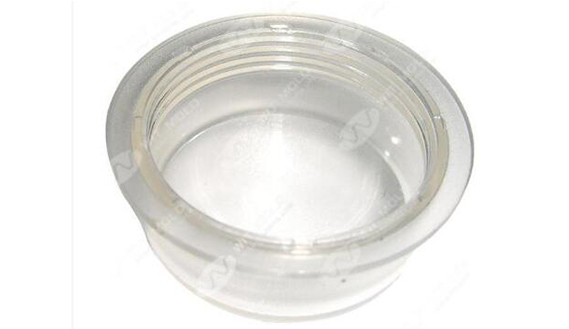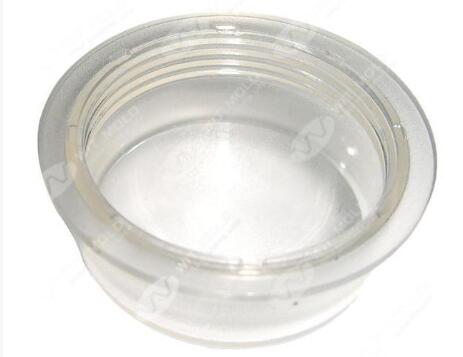What Are the Different Types of Unscrewing Molds?
Unscrewing molds are essential tools in the plastic injection molding industry, specifically designed to produce threaded plastic parts. These molds ensure the creation of precise and consistent threads, critical for the functionality of various components. Understanding the different types of unscrewing molds can help manufacturers choose the right tool for their specific needs. This article explores the primary types of unscrewing molds and their unique features.
Mechanical Unscrewing Molds
Mechanical unscrewing molds are among the most commonly used types due to their simplicity and reliability. These molds use a system of gears, racks, and cams to rotate the threaded core and release the molded part.
Advantages:
ㆍDurability: Mechanical components are robust and can withstand extensive use, making these molds long-lasting.
ㆍCost-Effective: They generally have a lower initial cost compared to hydraulic or motor-driven molds.
ㆍLow Maintenance: The simplicity of the mechanism means there are fewer parts that can fail, leading to reduced maintenance needs.
Applications:
Mechanical unscrewing molds are ideal for producing medium to high-volume threaded parts where precision and durability are critical. They are often used in industries such as automotive and consumer goods.
Hydraulic Unscrewing Molds
Hydraulic unscrewing molds utilize hydraulic cylinders to rotate the threaded core. The hydraulic system provides powerful and precise control, making these molds suitable for larger and more complex threaded components.
Advantages:
ㆍHigh Power: Hydraulic systems can generate significant force, enabling the production of large and heavy-threaded parts.
ㆍPrecision Control: The hydraulic mechanism allows for precise adjustments in the rotation speed and torque, ensuring accurate thread formation.
ㆍVersatility: They can handle a wide range of thread sizes and complexities.
Applications:
These molds are perfect for applications requiring large, intricate, or heavy-duty threaded parts. They are frequently used in the industrial and heavy machinery sectors.
Motor-Driven Unscrewing Molds
Motor-driven unscrewing molds employ electric motors to drive the rotation of the threaded core. These molds offer high precision and are suitable for producing fine-threaded and complex components.
Advantages:
ㆍPrecision: Electric motors provide precise control over rotation, allowing for the creation of intricate and delicate threads.
ㆍProgrammability: The motors can be programmed for various speeds and rotations, offering flexibility in the molding process.
ㆍEfficiency: Motor-driven systems can operate smoothly and efficiently, reducing cycle times.
Applications:
Motor-driven unscrewing molds are ideal for manufacturing small, detailed, and complex threaded parts. They are commonly used in the electronics and medical device industries where precision is paramount.
Pneumatic Unscrewing Molds
Pneumatic unscrewing molds use compressed air to drive the unscrewing mechanism. These molds are less common but offer unique benefits, especially in environments where hydraulic or electric systems are not feasible.
Advantages:
ㆍClean Operation: Pneumatic systems do not require hydraulic fluids, reducing the risk of contamination and making them suitable for cleanroom environments.
ㆍSimplicity: The pneumatic mechanism is straightforward, often resulting in lower maintenance requirements.
ㆍQuick Operation: Pneumatic systems can provide rapid movement, which can be advantageous in high-speed production environments.
Applications:
Pneumatic unscrewing molds are used in industries such as food and beverage or pharmaceuticals, where maintaining a clean production environment is crucial.
Conclusion
Choosing the right type of unscrewing mold depends on the specific requirements of the production process, including the size, complexity, and volume of the threaded parts. Mechanical, hydraulic, motor-driven, and pneumatic unscrewing molds each offer distinct advantages suited to different applications. Understanding these differences helps manufacturers make informed decisions, ensuring optimal performance and efficiency in their operations.
If you need further assistance in selecting the appropriate unscrewing mold for your production needs, please contact us. Our suppliers are ready to provide expert guidance and support to help you achieve the best results in your manufacturing processes.





